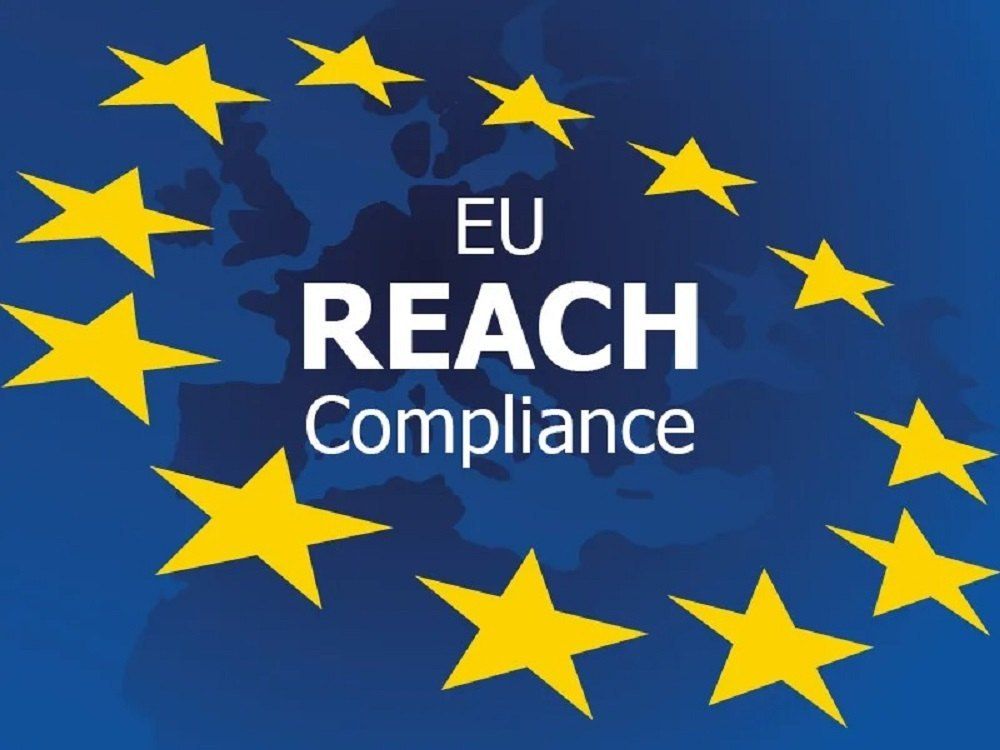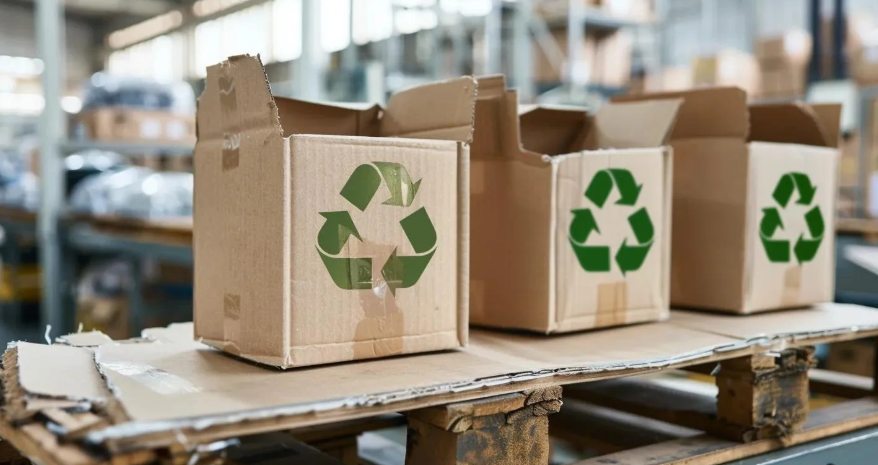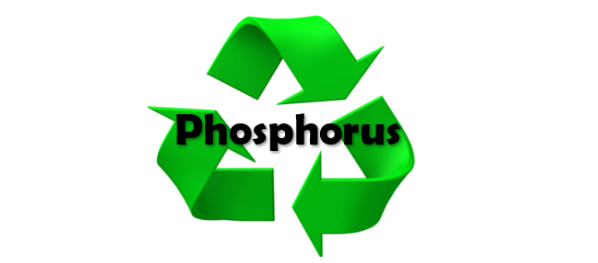REACH Compliance and What It Means for Our Customers
At DECACHEM, safety, transparency and environmental responsibility are at the core of everything we do. One of the key ways we demonstrate this commitment is through full compliance with the European Union’s REACH regulation. But what exactly is REACH and why should it matter to our customers?
REACH (Registration, Evaluation, Authorisation and Restriction of Chemicals) is a comprehensive EU regulation designed to improve the protection of human health and the environment from the risks that chemicals can pose. It requires manufacturers and importers to ensure that substances used in their products are safe and properly managed.
For businesses, REACH compliance isn’t just a regulatory requirement - it’s a mark of trust. For customers, it means greater confidence in the quality, traceability and safety of the products they use every day.
In this article, we’ll break down what REACH entails, explain why it matters in today’s chemical supply chains, and outline how
DECACHEM’s strict adherence to these standards benefits you as our valued customer.
What is REACH Compliance?
REACH is a regulation introduced by the European Union in 2007 to address the production and use of chemical substances and their potential impacts on both human health and the environment.
At its core,
REACH is one of the most comprehensive chemical safety legislations in the world. It requires companies to identify and manage the risks associated with the substances they manufacture or import into the EU market in quantities of one ton or more per year. If the risks cannot be adequately controlled, authorities can restrict the use of these substances or even ban them altogether.
The
goals of REACH are clear:
- Improve protection of human health and the environment.
- Promote alternative methods for assessing chemical safety.
- Enhance competitiveness and innovation within the EU chemical industry.
Who must comply with REACH? The regulation applies to a wide range of actors within the supply chain:
- Manufacturers of chemical substances within the EU.
- Importers bringing chemicals into the EU market.
- Downstream users, such as formulators, industrial users, or those using chemicals in production processes.
Compliance involves registering substances with the European Chemicals Agency (ECHA), providing detailed information on their properties, uses and safety measures. The evaluation and authorization processes further assess whether certain high-risk chemicals should be allowed continued use, especially if safer alternatives are available.
For companies like DECACHEM - REACH compliance means more than meeting a regulatory obligation - it’s a proactive step toward ensuring our chemicals are safe, sustainable and responsibly sourced.

Why REACH Matters to Customers
For customers - whether businesses or end users - REACH compliance is a clear signal of transparency, safety and trust. It provides reassurance that the chemical products they receive are not only effective but also meet rigorous standards for health and environmental safety.
One of the key benefits of REACH is transparency in the supply chain. Every registered substance must be supported by comprehensive data about its properties, uses and safe handling measures. This traceability allows customers to make informed decisions about the materials they purchase and use, helping reduce uncertainties and ensure consistency in product quality.
REACH also drives the use of safer, non-toxic substances. Chemicals that pose serious risks (such as carcinogens or endocrine disruptors) are either restricted or require special authorization. This has led to the gradual phase-out of many hazardous substances in favor of safer alternatives, directly protecting consumers, workers and the environment.
Customers also value ethical business practices and REACH compliance reflects a company’s commitment to legal responsibility, sustainability and long-term product stewardship. It’s not just about following the law - it’s about aligning with values that prioritize health and safety over shortcuts.
A Real-World Example
A notable example of REACH’s impact is the restriction of certain phthalates, once common in plastics and consumer goods. Under REACH, several phthalates were classified as substances of very high concern (SVHCs) and subsequently restricted. This move significantly reduced consumer exposure to these potentially harmful compounds, especially in products like toys, food packaging and medical devices.
By choosing REACH-compliant suppliers like
DECACHEM, customers reduce their risk, safeguard their own product integrity and contribute to a safer, more responsible industry.
How DECACHEM Ensures REACH Compliance
We have implemented a comprehensive system to ensure that we meet or exceed the standards set by the European Chemicals Agency (ECHA). This system includes internal protocols, supplier partnerships and continuous improvement practices designed to keep compliance at the forefront of our chemical operations.
We begin with internal audits and assessments, which are conducted regularly to evaluate compliance status across all stages of our supply chain. These audits allow us to identify potential risks, update documentation and take corrective actions proactively.
We also collaborate closely with certified suppliers who share our commitment to REACH. All suppliers must meet stringent requirements and provide supporting documentation to confirm compliance with the regulation.
Regular material testing and documentation are critical to our process. Every batch of raw material undergoes strict quality control and we maintain up-to-date safety data sheets (SDS), registration numbers and technical specifications in alignment with REACH guidelines.
In addition, our team is equipped with chemical tracking systems and trained on the latest regulatory requirements.
By integrating REACH into our operations, we help customers minimize regulatory risk, enhance product safety, and build lasting trust in our chemical solutions.
Our Supplier and Material Selection Process
Every new supplier undergoes a rigorous vetting procedure that includes evaluating their REACH registration status, safety practices, and reliability. We require certificates and declarations of conformity for all substances used in the process.
Beyond initial selection, we actively monitor updates to the SVHC (Substances of Very High Concern) list and immediately reassess any raw material that may be affected. This proactive approach allows us to respond swiftly to regulatory changes and keep our customers protected and informed.
The Benefits of REACH Compliance for You
Choosing a REACH-compliant supplier like DECACHEM offers a range of tangible benefits that go far beyond regulatory assurance. For our customers, it means safer products, better quality and a contribution to a more sustainable future.
First and foremost, REACH compliance ensures higher product quality. Every substance we use is thoroughly evaluated and documented for safety, purity and performance. This meticulous oversight leads to consistent, reliable materials that meet the highest industry standards, whether you're in food processing, pharmaceuticals, agriculture or industrial applications.
One of the most immediate advantages is reduced exposure to harmful substances. By strictly avoiding or replacing hazardous chemicals, our customers and their end users face significantly lower health and environmental risks. This is particularly important in sectors where safety and compliance are directly tied to brand integrity and consumer trust.
REACH also supports long-term environmental and health protection. It promotes responsible chemical usage, encourages innovation in safer alternatives and helps prevent pollution at the source. When you work with REACH-compliant partners, you're participating in a broader effort to reduce ecological damage and support healthier communities.
Finally, REACH aligns closely with global sustainability goals. With DECACHEM - REACH compliance isn’t just a requirement - it’s a promise of safety, quality, and shared responsibility.
Common Misconceptions About REACH Compliance
Despite being a well-established regulation, REACH is often misunderstood, especially by businesses outside the chemical industry or those operating internationally. Let’s clear up some of the most common misconceptions:
- “REACH only affects companies in the EU.”
While REACH is an EU regulation, it has global implications. Any company that exports chemical substances, mixtures, or finished products into the EU must comply. This means that even non-EU manufacturers must ensure their products meet REACH requirements if they want access to the European market. - “It only applies to chemical manufacturers.”
REACH impacts the entire supply chain. That includes importers, distributors and even downstream users who may not produce chemicals but use them in formulations or industrial processes. Understanding and complying with REACH is essential for all players handling chemicals. - “Compliance is optional.”
REACH is legally binding. Companies that fail to comply risk losing market access, facing fines, or damaging their reputation. Compliance is not a choice - it’s a regulatory obligation. - “If a product is labeled as ‘green’ or ‘eco-friendly,’ it must be REACH compliant.”
Not necessarily. Marketing terms like “green” or “natural” do not guarantee compliance. Only verified documentation and proper registration under REACH can ensure a substance meets safety and regulatory standards.
By understanding what REACH truly entails, companies and customers can make better-informed decisions and avoid costly misunderstandings.
What Happens if a Company is Not REACH Compliant?
Non-compliance with REACH can lead to serious consequences, both legally and commercially. The regulation is strictly enforced by national authorities across the EU, and penalties can vary depending on the severity of the violation.
One of the most immediate risks is legal penalties and fines. Companies found to be in breach of REACH may face significant financial penalties, legal actions, or even criminal charges in extreme cases. These fines can be substantial and may apply per incident or per product line.
Product recalls are another major risk. If a non-compliant substance or mixture is identified in the supply chain, it may have to be withdrawn from the market - resulting in costly recalls, operational disruptions, and loss of customer confidence.
Perhaps most damaging in the long term is reputational harm. Trust and transparency are crucial in today’s global marketplace. A company linked to unsafe or non-compliant products may lose business opportunities, partnerships and credibility.
Finally, import and export restrictions can effectively block market access. Without REACH registration or proper documentation, companies may find their products barred from entering the EU, shutting them out of one of the world’s largest chemical markets.
Ensuring REACH compliance is not just about avoiding penalties - it's about protecting your business and your brand.
Our Commitment to Ongoing Compliance
REACH compliance is not a one-time milestone - it’s an ongoing commitment. We believe that maintaining the highest regulatory standards requires a mindset of continuous improvement and proactive responsibility.
Our team stays constantly informed about regulatory updates and changes issued by the ECHA. This ensures that any amendments to substance classifications, usage restrictions or documentation requirements are addressed immediately and thoroughly.
To further ensure objectivity and best practices, we engage in regular third-party audits that validate our systems and processes. This vigilant, future-focused approach allows DECACHEM to deliver not only safe and compliant products, but also peace of mind to every customer who trusts us with their business.
FAQs About REACH Compliance and Customer Impact
Does REACH compliance mean your products are safer?
Yes. REACH requires thorough evaluation of chemical substances to identify and control risks. By complying, we ensure our products are free from banned or restricted substances and meet the highest safety standards for human health and the environment.
How often do you check your supply chain for compliance?
We conduct regular reviews and audits of our entire supply chain. This includes verifying supplier registrations, checking for updates to the Substances of Very High Concern list, and testing raw materials to confirm ongoing compliance with REACH regulations.
Can I request product compliance documentation as a customer?
Absolutely. At DECACHEM, transparency is key. We are happy to provide REACH registration numbers, safety data sheets (SDS), and declarations of conformity upon request to ensure you have complete confidence in the products you receive.
Is REACH the same as RoHS?
No, but they are often confused.
REACH regulates all chemical substances used in any industry, while
RoHS (Restriction of Hazardous Substances) specifically limits hazardous materials in electrical and electronic equipment. Both aim to protect health and the environment, but apply to different sectors and scopes.

At DECACHEM, our commitment to safety, transparency and regulatory excellence is unwavering. REACH compliance is more than a legal requirement - it’s part of how we protect our customers, our environment and our reputation. We continuously invest in improving our processes, staying informed, and maintaining clear, traceable documentation.
If you have any questions about our compliance practices or need specific product documentation, we encourage you to contact our team. Your trust matters - and we’re here to support it every step of the way.
















